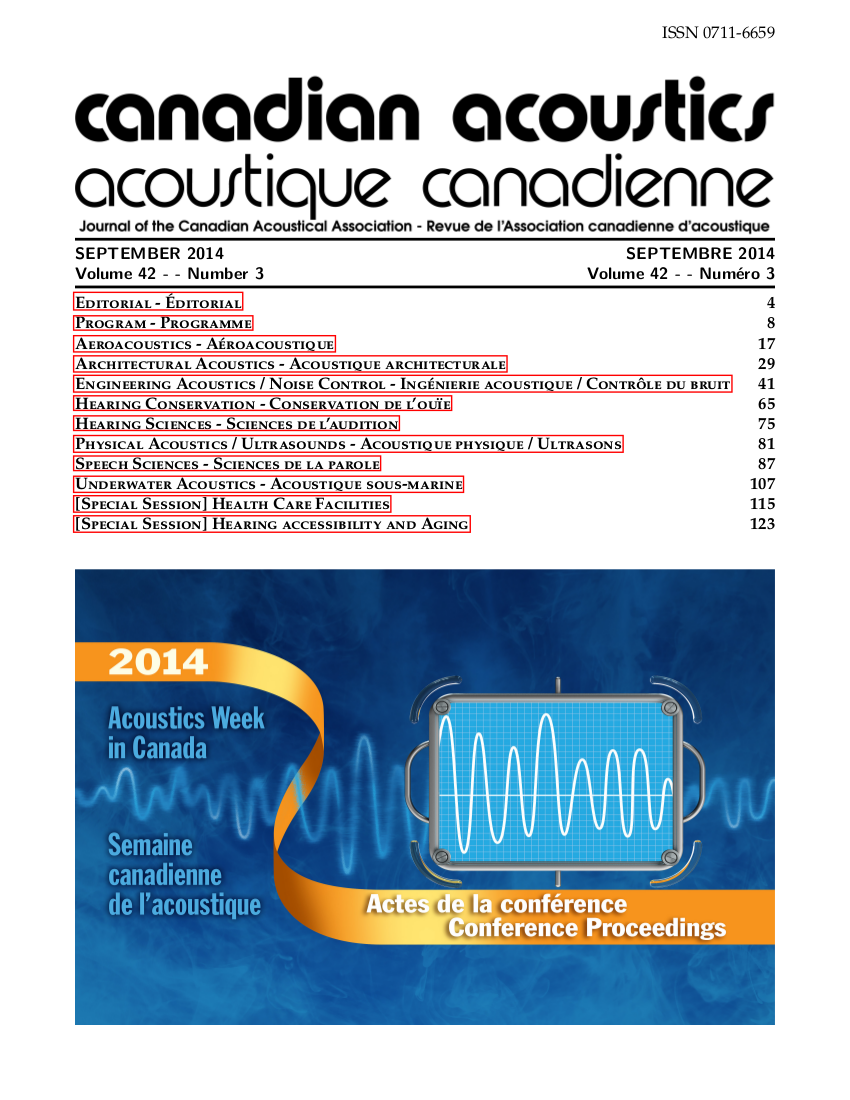Supporting Better Noise Control in Canadian Buildings
Abstract
A simplistic requirement for minimum STC of the wall or floor/ceiling assembly separating adjacent units in multi-family residential buildings has been used in North American building codes for over 50 years. Effective noise control requires replacing the traditional design objective with a requirement including the effect of flanking transmission, such as the Apparent Sound Transmission Class (ASTC). Such a transition requires a supporting set of technical standards for measuring direct and flanking sound transmission for typical assemblies and junctions, plus a credible procedure for calculating system performance from these inputs. Implementing a new approach in practice also needs technical support including calculation tools suitable for both the design and regulatory communities, and data on performance of typical generic constructions. This paper discusses key projects at the National Research Council of Canada both to establish the technical infrastructure supporting such a change in Canada’s building codes and to provide the tools needed by designers seeking to provide enhanced noise control.
Additional Files
Published
How to Cite
Issue
Section
License
Author Licensing Addendum
This Licensing Addendum ("Addendum") is entered into between the undersigned Author(s) and Canadian Acoustics journal published by the Canadian Acoustical Association (hereinafter referred to as the "Publisher"). The Author(s) and the Publisher agree as follows:
-
Retained Rights: The Author(s) retain(s) the following rights:
- The right to reproduce, distribute, and publicly display the Work on the Author's personal website or the website of the Author's institution.
- The right to use the Work in the Author's teaching activities and presentations.
- The right to include the Work in a compilation for the Author's personal use, not for sale.
-
Grant of License: The Author(s) grant(s) to the Publisher a worldwide exclusive license to publish, reproduce, distribute, and display the Work in Canadian Acoustics and any other formats and media deemed appropriate by the Publisher.
-
Attribution: The Publisher agrees to include proper attribution to the Author(s) in all publications and reproductions of the Work.
-
No Conflict: This Addendum is intended to be in harmony with, and not in conflict with, the terms and conditions of the original agreement entered into between the Author(s) and the Publisher.
-
Copyright Clause: Copyright on articles is held by the Author(s). The corresponding Author has the right to grant on behalf of all Authors and does grant on behalf of all Authors, a worldwide exclusive license to the Publisher and its licensees in perpetuity, in all forms, formats, and media (whether known now or created in the future), including but not limited to the rights to publish, reproduce, distribute, display, store, translate, create adaptations, reprints, include within collections, and create summaries, extracts, and/or abstracts of the Contribution.


